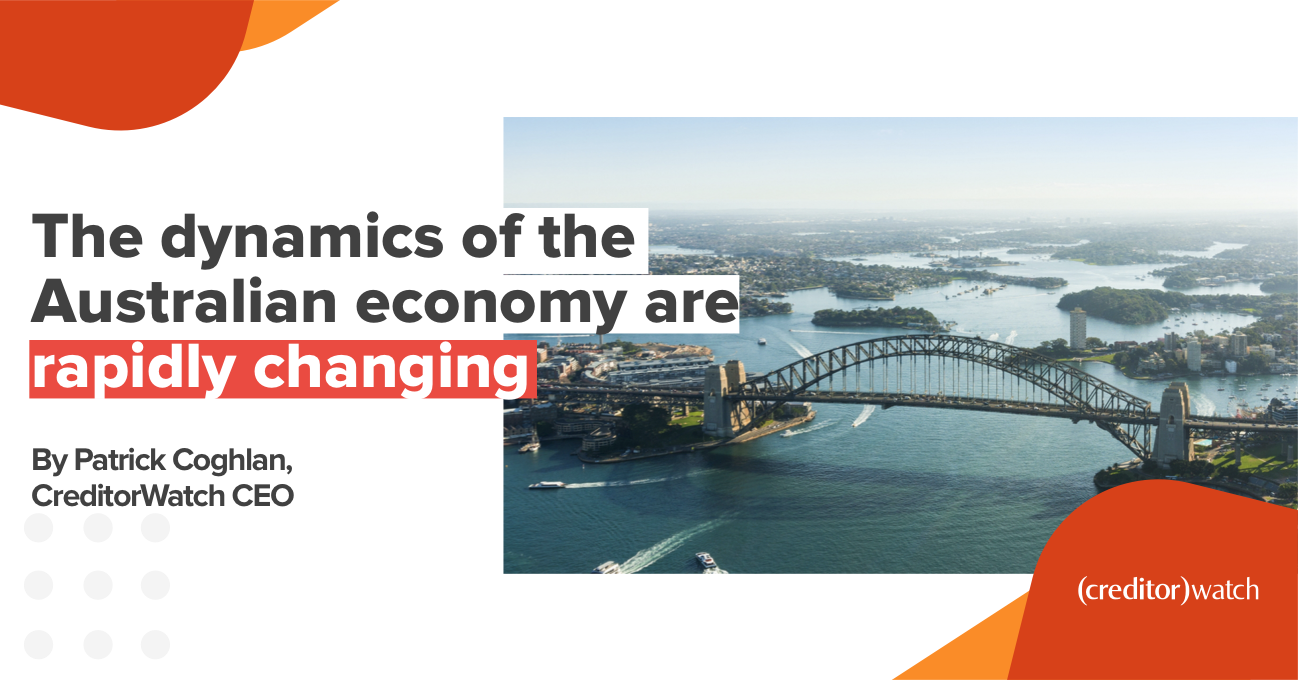As lockdown restrictions are eased in key states, Australia faces the prospect of a strong economic bounce-back in the December 2021 and March 2022 quarters.
There is no shortage of challenges ahead, but we don’t lack opportunities either.
The September 2021 quarter result for Gross Domestic Product (GDP) will look plain awful. A hefty contraction in economic activity that encompasses a period when over half of Australia’s population found itself in lock down. The result, not due until early December, will remind us that we are still working through the worst economic, social, and mental challenge most people alive have ever faced. Our children are and grandchildren will be taught history lessons about COVID-19.
The economic growth component is a look in the rear-view mirror because the December 2021 quarter looks like providing a big bounce-back which should extend into 2022.
Against this backdrop the Reserve Bank of Australia (RBA) is inching toward a first-rate hike in the Official Cash Rate (OCR) sooner than early 2024. Don’t hold your breath yet because core inflation has only just crept into the Bank’s 2-3 per cent range (with an annual rate of 2.1 per cent in the September 2021 quarter); plus, real wages growth is barely positive for the private sector and real wages are still falling for the public sector. We have a long way to go.
In the interim there have seen some celebrated news highlights of financial institutions cutting variable mortgage rates. Great news right now for many mortgagees, but next year is the key.
As we consistently receive economic updates regarding how post lockdown conditions in New South Wales and Victoria are playing out, statements from the RBA will increasingly come into play following over a year when everybody knew nothing was really going to change in Australia’s economy. Those shifting sands are crucial for businesses and households. When talk moves from speculation to the real prospect of an approaching rate rise from the RBA, variable mortgage rates will rise, as will business loan rates and so the story will progress as will the growth rate.
That’s what 2022 will look like, with some bumps and bruises along the way. The economic recovery isn’t exactly going to happen in a straight line. The CreditorWatch Business Risk Index – a predictive indicator of the risk of business defaults over the next twelve months – highlights clear challenges at play in the economic outlook. There are industries such as Food and Beverage Services, and Accommodation who have clearly been hit extremely hard by the pandemic and are now bouncing back. A post lockdown environment in NSW and Victoria is a godsend to so many SMEs, but not all will survive. The CreditorWatch Business Risk Index highlights some industries to keep an eye on. Construction is one to watch.
Signals produced by CreditorWatch data include the number of defaults, external administrations, and court actions. These metrics have been artificially suppressed in 2021, in no small part due to the importance of financial institutions and the Australian Taxation Office (ATO) who have exhibited a lenient attitude towards debt collection through the pandemic. Eventually, this situation will normalise, and the business environment will approach pre-COVID levels. This will be to the detriment of some SME’s.
The reality now is that many businesses have worked very hard to get through the lockdown period. Many will succeed, but unfortunately some won’t.
We should conclude on a high note. There is no lack of blue sky and new opportunities, there are simply some challenging and uncertain clouds attached.
In terms of blue sky, in a largely post lockdown Australia we see the example of increased demand for retail goods (people do like to shop themselves as well as online), the release of huge pent-up demand for services (people do like to eat out and get their hair cut), together with the renewal of international flights and the acceleration of seats available for domestic flights.
So, the industry sectors of retail and related sectors are recovering and there are plenty of anecdotes of a strong bounce-back. Just in time for Christmas.
Together, the retail, hospitality, and airline industries account for closer to two million than one million jobs. New jobs is exactly what the Australian economy requires. Provided you can find the staff!
New South Wales and Victoria are our largest states but have been part of the most severe lockdowns. There remain vast differences in state/territory policies and economic experiences – COVID has exposed the vagaries of a federalist political system – a point anybody would find hard to deny.
Within that, NSW has generally led Australia in and out of economic ups and downs for approaching 150 years. NSW opening and Victoria coming along behind is a massive positive for the Australian economy. Take the retail industry, as identified before and Food and Beverage Services. These are industries that CreditorWatch data accurately identified as some of the most at risk during the pandemic, but who are now bouncing back on the tail of renewed consumer and business confidence and demand.
It’s not an inclusive outcome, because the vagaries of COVID still create uncertainties around domestic border travel requirements and what entirely needs to occur if you travel overseas.
Against this background not everybody will be singing sunshine while sucking on lollypops, but as we approach 2022, Australian businesses are certainly getting there.
That is not to ignore that a substantial number of Small and Medium-sized Enterprises (SME’s) will thrive in a refreshed, open economic environment. These businesses have utilised the lockdown periods to be creative, be strategic in decision-making and re-jig their business models. There are many opportunities ahead, a growing glance of light for the labour market.
There is more to like than not as we approach 2022. A year ago, that outlook appeared a long shot.
This article was first published in AB+F on Wednesday 1 December. You can read the original article here.


